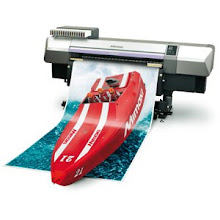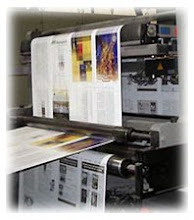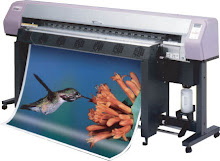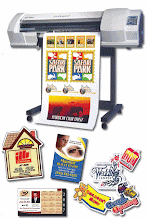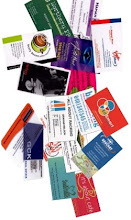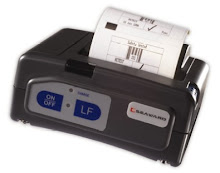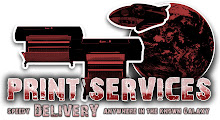
The Canon image Class LBP6000 ($140 street) is a tiny, single-function monochrome laser printer that is limited to direct USB connectivity to a computer. This makes it most appropriate as a personal printer in any size office. To that role, it brings laser speed and text quality, albeit with a sparse feature set.
In a word, the LBP6000 is very cute. It's white, with rounded corners and a somewhat bowed top, with a lid that folds outward to become the paper output tray. The front folds out to reveal the input tray, which fits 150 sheets of up to legal-size paper. The printer measures just 7.8 by 14.2 by 9 inches, and weighs 12 pounds with the toner cartridge in place.
Not only is the LBP6000 tiny, it's also minimalistic, with a grand total of 2 controls: the on/off switch and a paper-feed button. It doesn't have a display, and the only port is a sole USB port, used strictly for connecting to a computer. We tested it over this connection using a PC running Windows Vista.
Its 150-sheet paper capacity should be sufficient for light-duty use as a personal printer. It lacks an auto-duplexer, and Canon offers no additional paper-handling options.
Print Speed and Output Quality:
On the new version of our business applications suite, the LBP6000 came in at an effective 10.6 pages per minute (ppm), a decent speed that should easily meet if not exceed its 19 ppm engine rating. It's a tad slower than two Editors' Choice Brother Printers, the HL-2270DW ($150 street, 4 stars), which was timed at 11.7 ppm and the Brother HL-2240 ($120 street, 4 stars), which came in at 11.4 ppm, the same speed as the LaserJet Pro P1102w ($149 direct, 3.5 stars).
Text quality was typical of lasers, not good enough for desktop publishing but fine for nearly any other business use.
Photo quality was on a par with mono lasers, good enough to print recognizable photos from files or from Web pages, or to output a company newsletter.
Graphics quality was below par. The most significant issue is that it was unable to render certain backgrounds in PowerPoint documents. Also, thin white lines against a black background in one document didn't show up at all, and many images showed some dithering, the breakdown of solid areas into fine dot patterns. I would avoid using the LBP6000 for printing PowerPoint presentations or other graphics-heavy documents for distribution to colleagues or prospective clients.
Like the LBP6000, the Brother HL-2240 only offers USB connectivity, yet it costs $20 less. Both it and the Brother HL-2270DW, which adds both Ethernet and Wi-Fi connectivity, trump the LBP6000's 150-sheet paper capacity with a 250-sheet tray plus 1-sheet bypass. The two Brother printers also have slightly lower claimed running costs, at 3.5 cents, than the LBP6000's 4.1 cents. Not a huge difference in itself, but it adds up over the life of the printer, particularly if you print a lot.



